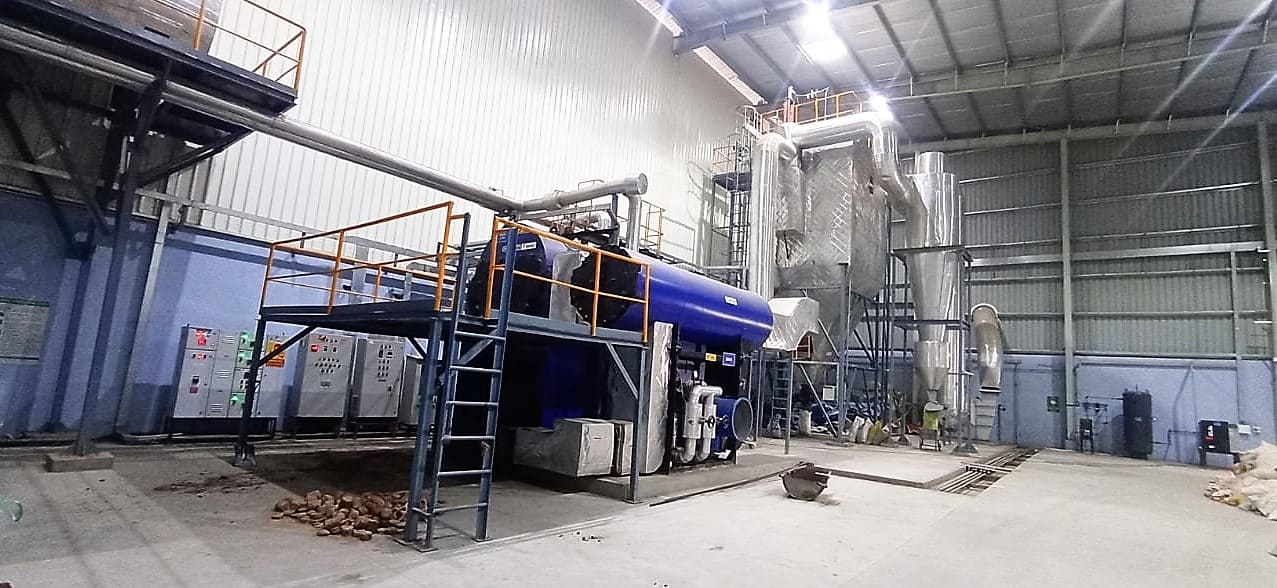
-
-
CALL US NOW
+91 78600 24711

Steam boilers are used in many industries around the world. Steam boilers have become indispensable in industries, for purposes such as heating, drying and sterilization. Plant managers make sure that boiler systems work smoothly and deliver maximum productivity. It is important to perform regular maintenance and follow standard guidelines in order to maintain the safety and smooth operation of your process plant. Some boiler problems, however, are unavoidable and must be addressed immediately to prevent significant damage or losses. Priming and foaming, among other boiler issues, are two of the most common. Let's examine both concepts in more detail.
Priming:
Some water particles are carried with the steam as the boiler produces steam quickly. Priming is the process of forming wet steam. The energy efficiency of steam is decreased due to the water droplets being carried over into the steam. Salt crystals can be deposited on superheaters or turbines. Priming is caused by improper construction of steam boilers and sudden fluctuations in steam demand.
Steam boilers cannot avoid minute drops entrainment. The excessive boiler water carryover can result in turbine blade deposits due to steam-carried particles. The deposits are similar in composition to the dissolved particles in boiler water. Priming is the main cause of high boiler water carryover and consequently, the failure of superheaters. The viscosity and foaming potential of the water is what causes priming. These properties are dependent on alkalinity and the presence of organic substances. The steaming rate and design of the boiler will determine the level of priming.
Superheaters can be damaged by overheating or corrosion due to priming. It can affect the heat transfer, resulting in a lower quality of product, a higher level of steam usage, and a shorter lifecycle for the steam boiler.
The Causes of Primer:
Effects on Priming:
Preventing priming:
Ensure that the chemical concentration in the boiler water is not higher than the minimum amount
Foaming:
Foaming occurs when bubbles or foam continue to form in the boiler. The oily substances that are present in the water reduce the surface tension of the boiler water. Water carryover is caused by solids in the boiler water contaminating the steam. The bubbles or froth that forms on the surface of the water boiler is carried away by the steam. Foaming is caused by the high concentration of solids in boiler water. Foaming is caused by specific substances, such as fats, oils and grease, alkalis and certain types of organic material.
The surface film surrounding the bubble of steam is also deposited with suspended solids. This leads to a resistance when bursting a bubble of steam that produces foam. The bubbles have been observed to accumulate finer particles at a higher level.
Causes of Foaming
Effects on Foaming:
Preventing Foaming:
Introduce anti-foaming substances such as castor, tannic, and gallic acids.
Use compounds such as sodium aluminate to eliminate oil from boiler water
Thermodynamic boilers has become a leading boiler manufacturer in Pune. We deliver efficient and reliable industrial boilers to over 25 countries worldwide. We produce high-quality products such as steam boilers and waste heat recovery boilers. Thermic fluid heaters and boiler accessories are also produced. Our excellent after-sales service includes energy audits, boiler automations, steam trap assessments, annual boiler maintenances, etc. to ensure hassle-free productivity and efficiency of steam boilers.